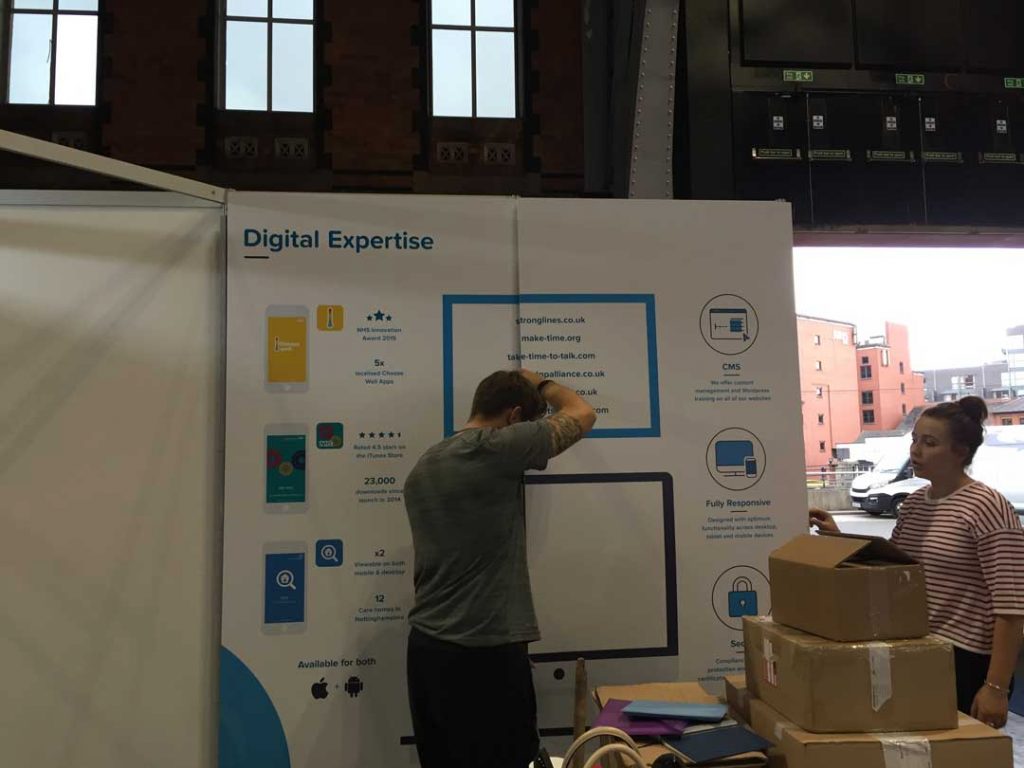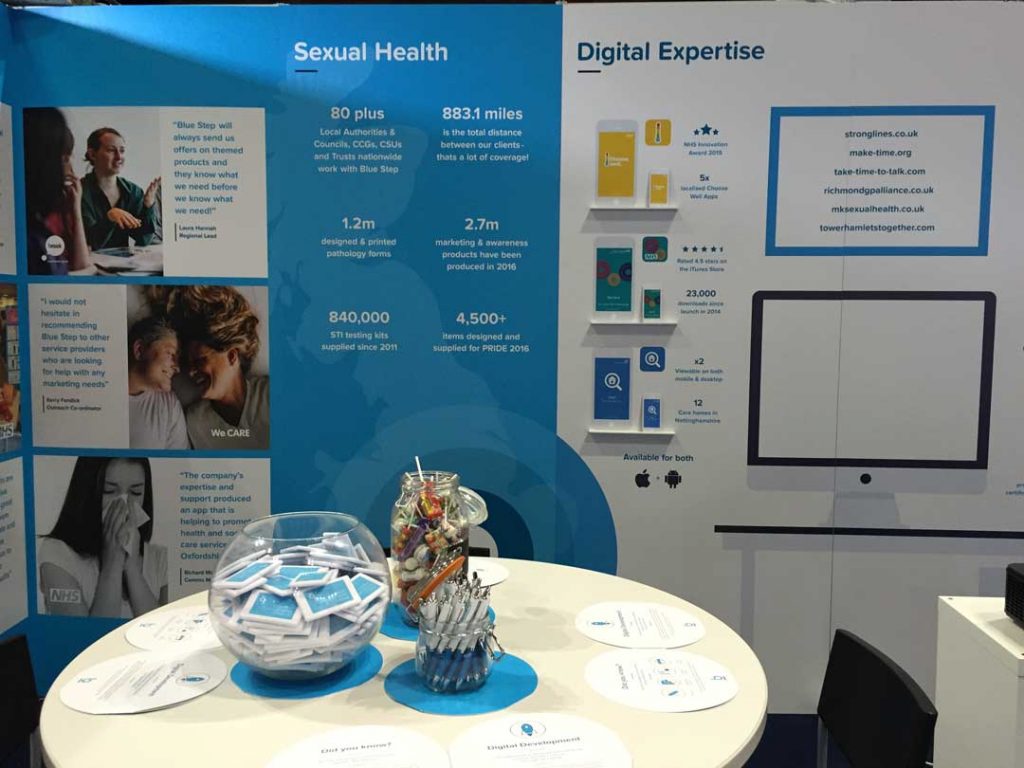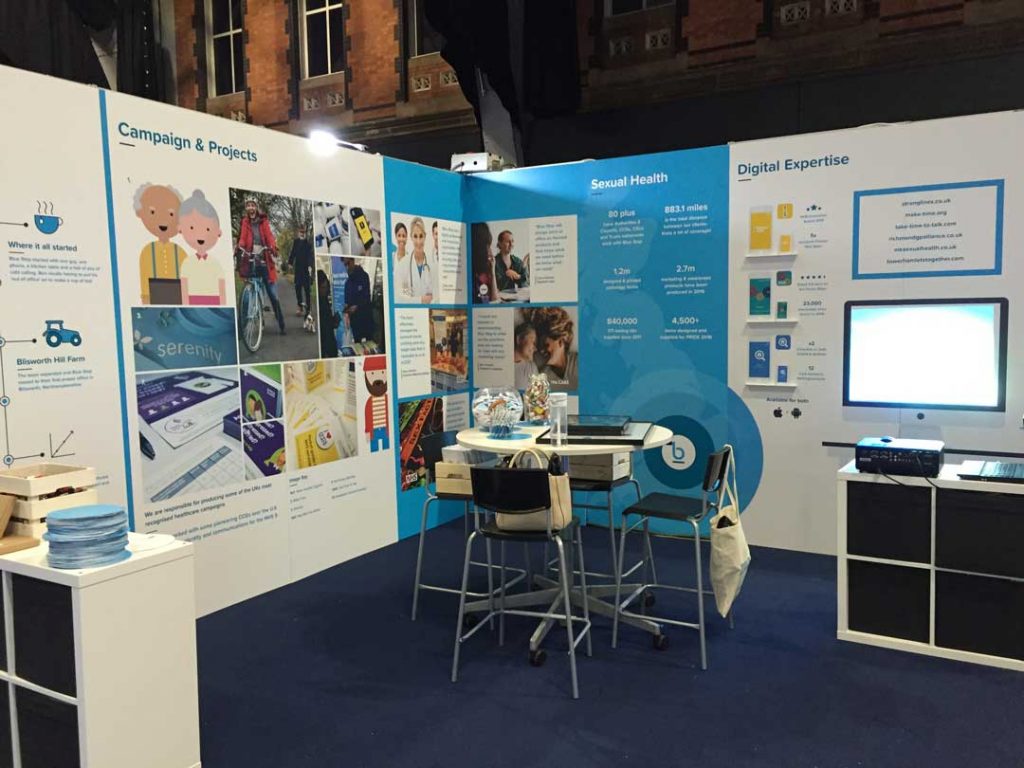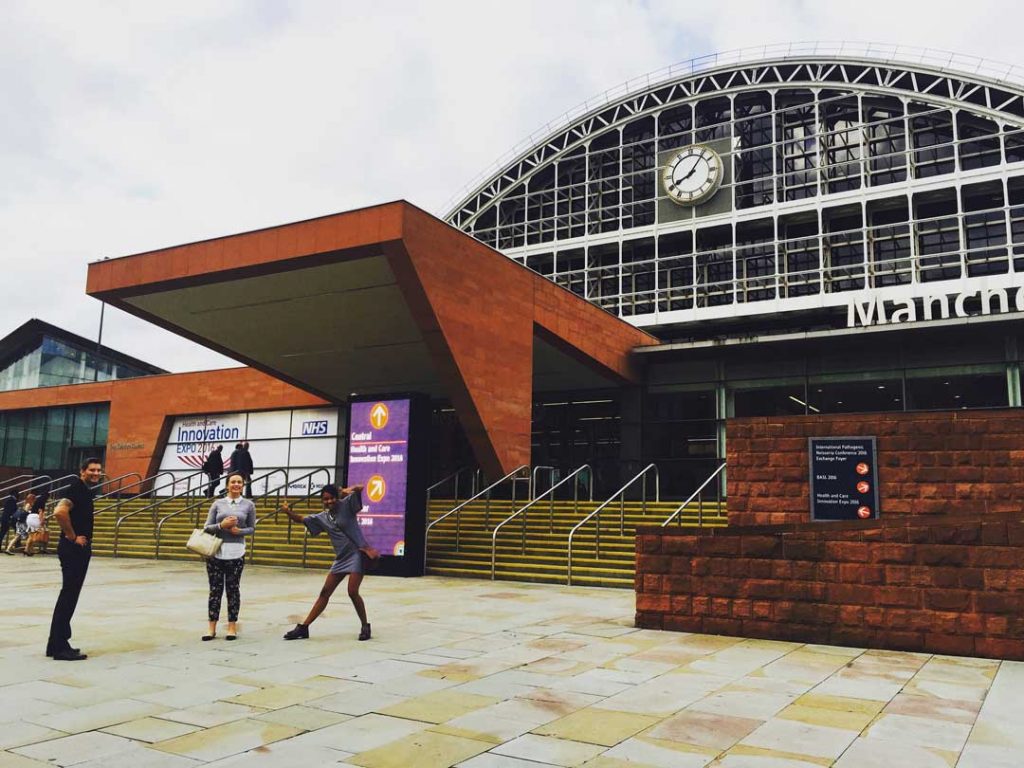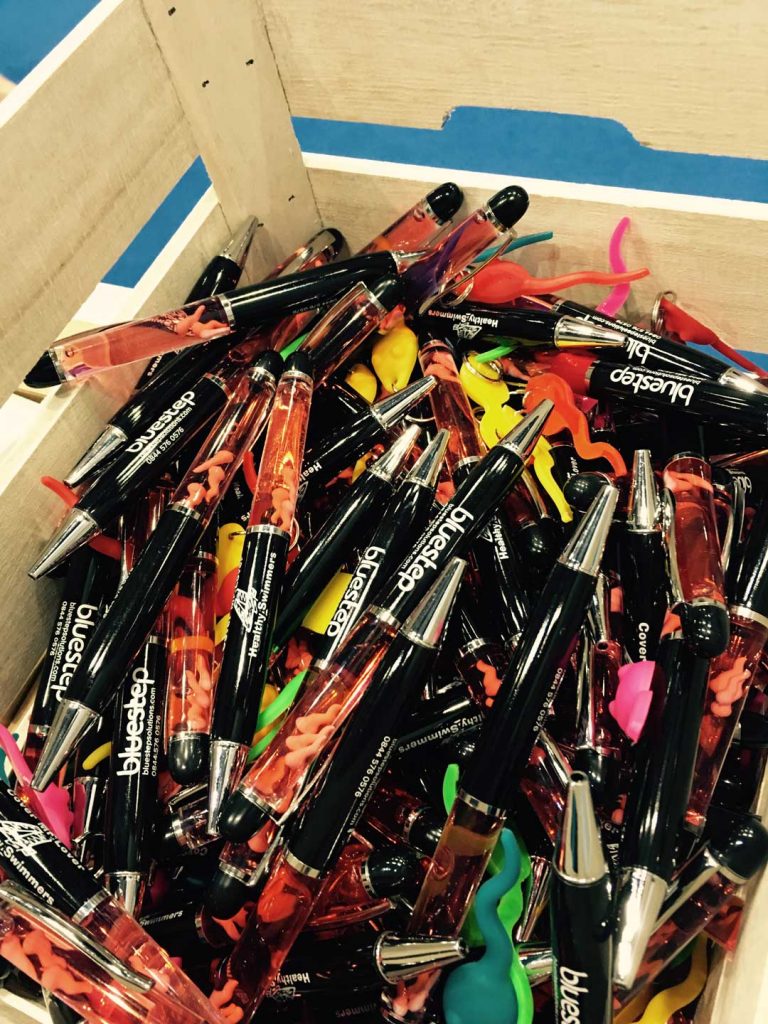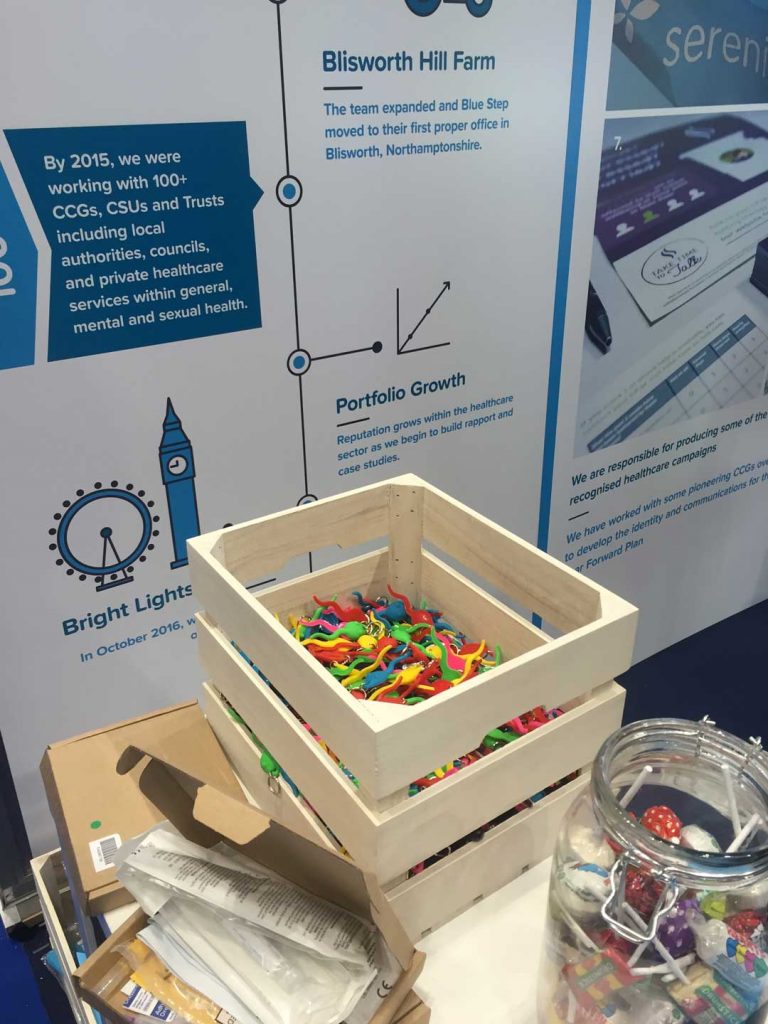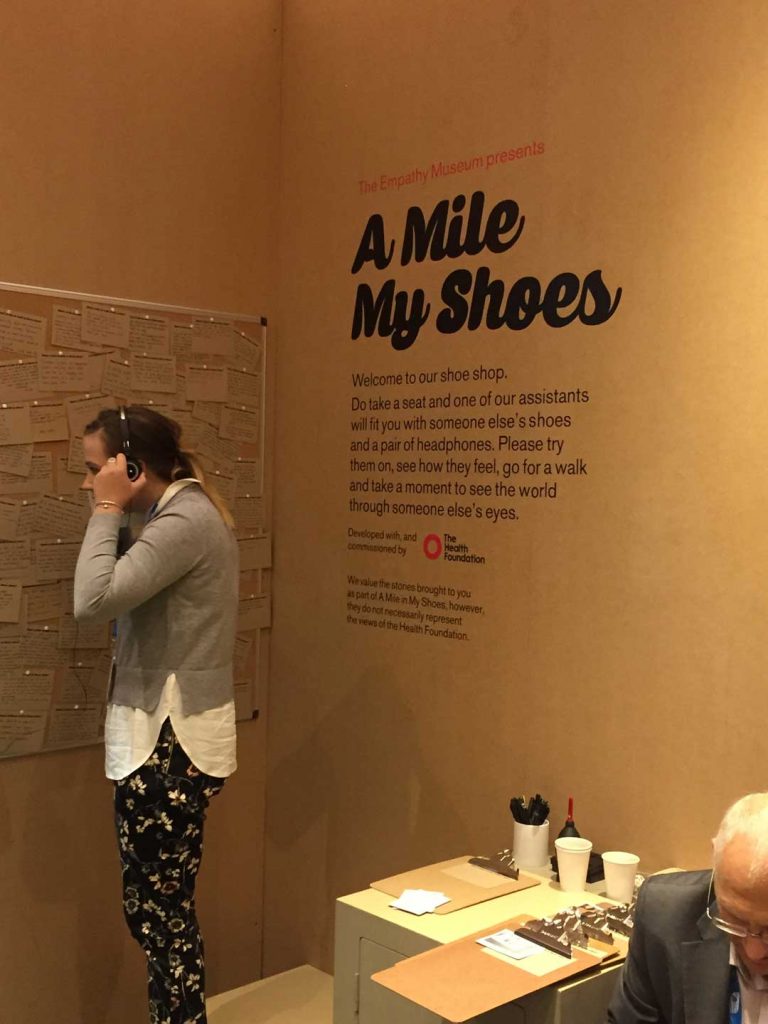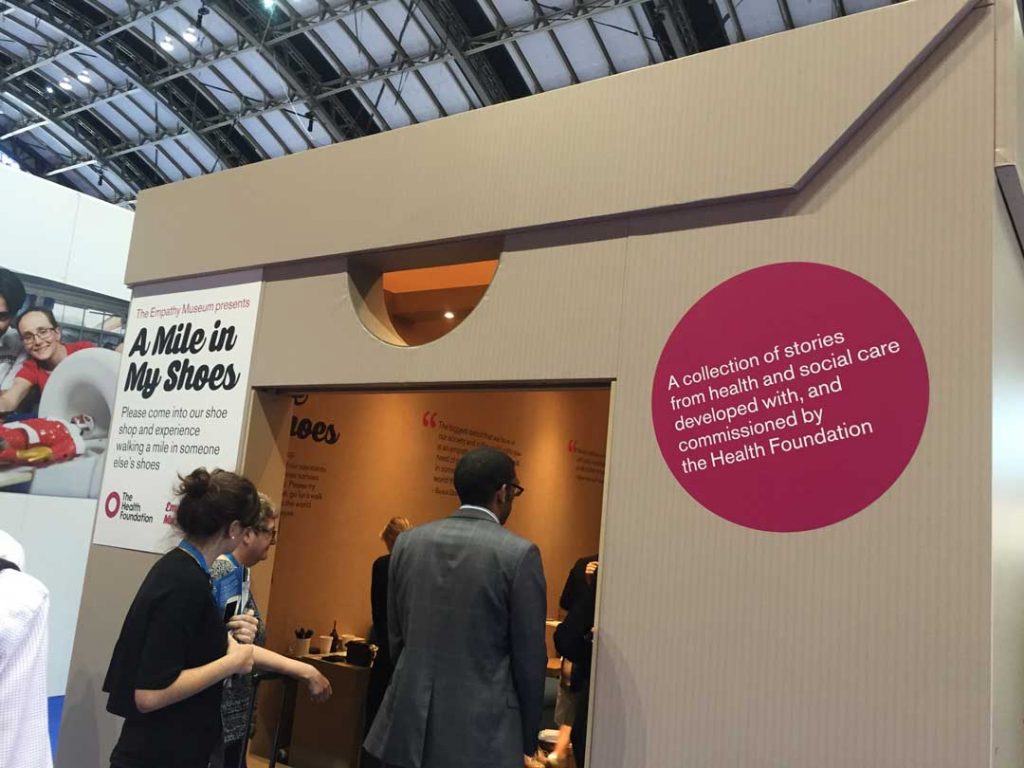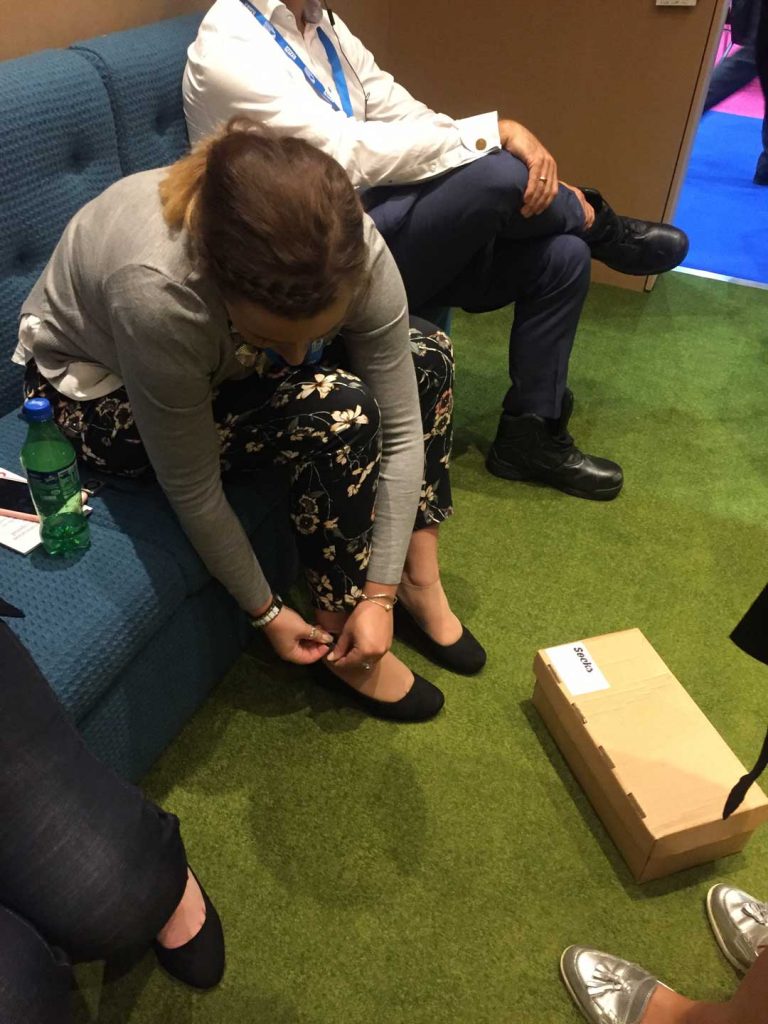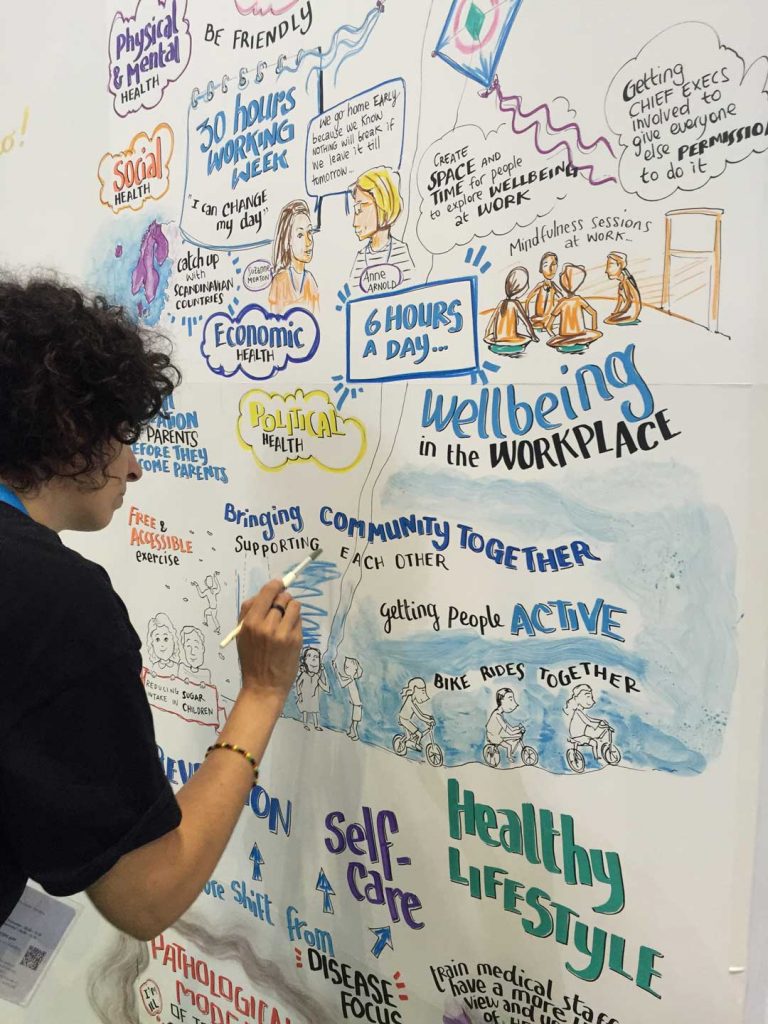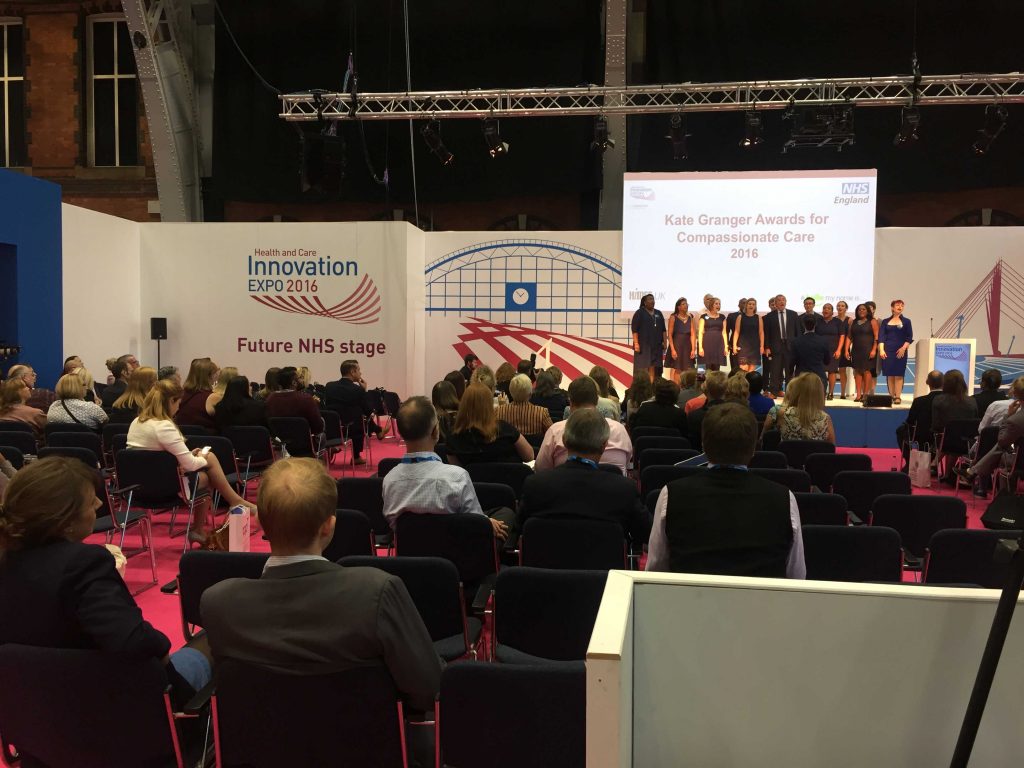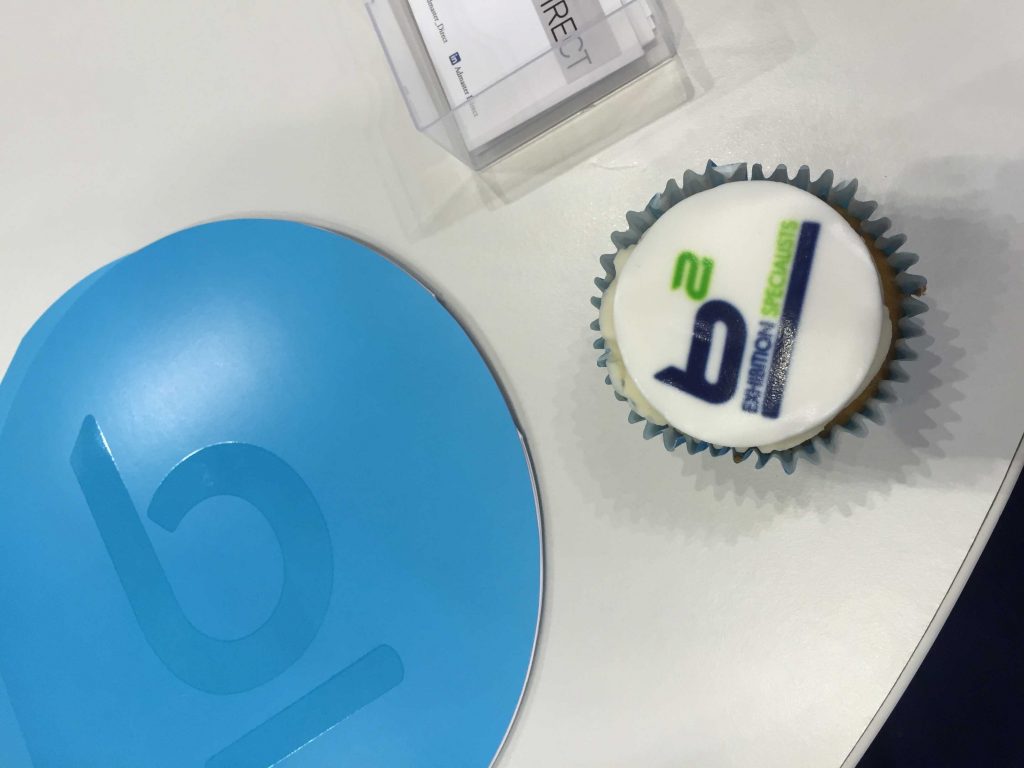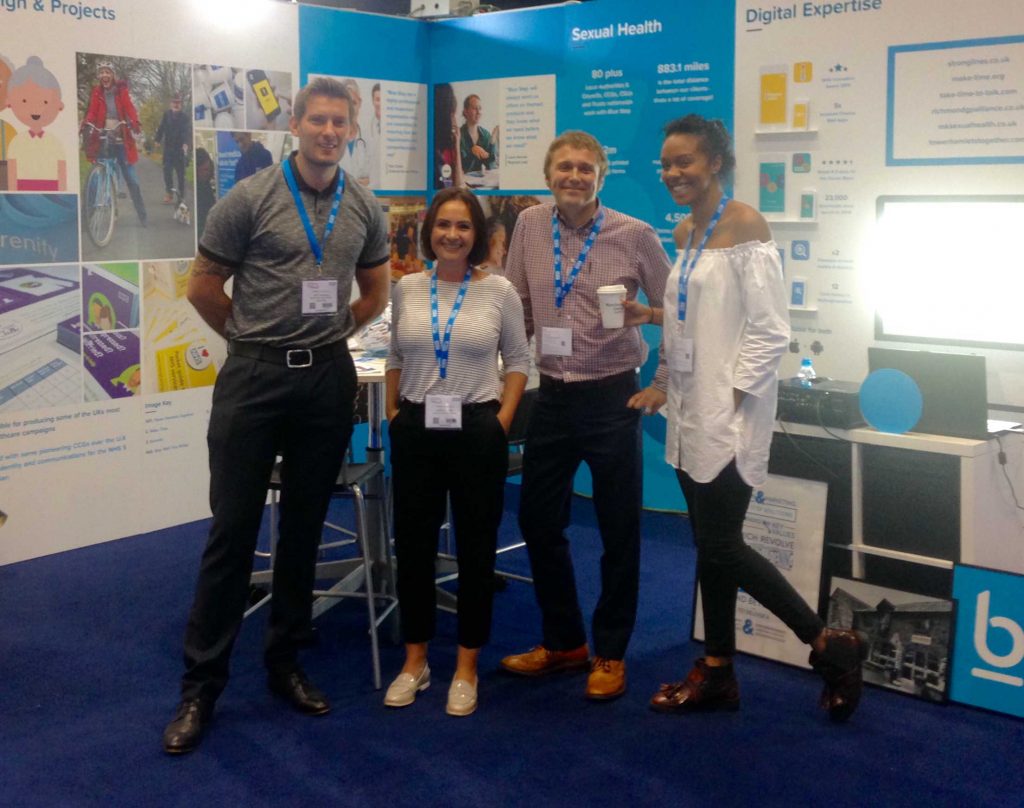10 tips on how to make your virtual fundraising event stand out and increase smash your donations targets.
You’ll probably never face a more challenging time for your charity that right now. Not surprisingly, there’s a huge amount of fear and anxiety among charities at the moment. You may have seen a big reduction in charitable donations and decreased participant sign ups due to your fundraising events being cancelled. Many of your key staff may have also been furloughed and your charity income may have been hit hard. It’s difficult to not be disheartened and worried about how it will all end.
This is why SO many charities are reacting and adapting by shifting their focus to virtual fundraising. As charity sector specialists we’ve helped to create events, their identities and merchandise for many successful charity events. We believe in sharing with our community and so we thought we’d put together our top tips on how to navigate the virtual fundraising landscape!
Follow these tips and you’ll learn what aspects underpin a successful virtual fundraising event & have every chance of not only surviving the crisis but coming out even stronger than before.
1. Define your target audience.
As with any event or piece of communication, it’s important to know who you are talking to. If you’re used to holding any type of event, mass participation or otherwise, you’ll know the type of person you attract to those events. You may want to target those same people, or use your online presence to reach a whole new audience. Either way, it’s best to know who you’re talking too, the more refined and pointed, the more accurately focused your event can be.
2. Set yourself a realistic fundraising target.
It may sound obvious but generally speaking, the more money you would like to raise, the more people you need to get involved. If your charity has a wide reach, you can set yourself a higher target. But be realistic too, a wide reach could be better served with several smaller events. The key is that you know your targets in order to know the shape and size of an event.
3. Set yourself a non-monetary objective too.
Your virtual fundraising event doesn’t have to be purely about raising lots of money this time around. You can use the event to increase awareness of a particular service that your charity provides or maybe you have demographic that you would like to be more involved in your charity. Your virtual fundraising event is a mini advertising campaign so maximise your investment… just don’t try and do too much.
4. Identify key dates.
The beauty of virtual fundraising events is that they can be done any time. But not setting a definite timeline or date can be detrimental to involving your fundraisers. Online events work best when they have a defined period. This not only makes them easier to manage, it also gives more clarity about when your fundraisers should take part. Whether it’s a day or a few weeks, setting that time makes everything a lot easier to plan around. You’ll be able to introduce the event, encourage participation and increase donations far more easily.
5. Have an idea. Or don’t.
Charity teams are full of creative people and you’ve been creating fundraising events for years. If you’ve got an idea that’s been dormant for years or you don’t know how to get it off the ground, give it a go as a virtual event, they’re much lower risk than those physical events that require space, property, insurance… (you know the drill). If you’re scratching your head, we can help.
6. Give your virtual fundraising event a clear identity.
With a crowded market, it is hard to stand out and with no clear identity it’s easy to be overlooked. Having a clear identity will make your event stand out from the crowd. A clear identity for your event will also ensure that people notice the event and not mistake it for any other comm’s you have out at the same time. Be clear with what your event is about and convey that through your identity.
7. Have assets to send to your fundraisers.
If you’re asking your fundraisers to do something online, ensure that they look good or have the tools to do what they need. Share assets that they can use on social platforms to make their space stand out from all their other content.
8. Have a plan for marketing your event.
It may look simple and easy but you need to give some consideration about how best to reach your audience. Ensure that your demographic will see your content where you intend to share it and consider where to use paid media in order to reach a wider demographic and new supporters. Acknowledge that you will need to be in front of your audience in a productive way throughout your events timeline.
9. Thank your supporters just as you would at a physical mass participation event.
You know that your fundraising supporters appreciate the thank you they receive across your events. For some they have achieved a lifetime goal, for others, it’s a chance to cement relationships and to feel part of a team. We know that merchandise continues to solidify relationships with supporters, receiving a medal recognising the achievement or a t-shirt that reminds the team of the camaraderie shared, is often an emotionally well received thank you.
10. Do you have existing resource to manage a fundraising event?
Do not underestimate an online (Virtual) event, it is important to give all aspects consideration and be able to support the online necessary platform. The good news is that they are easy to manage and a doddle to learn. But if you need any additional support, we can help.
Need Additional Support? Drop us a line to see how we can help you with your online, virtual fundraising events.

















